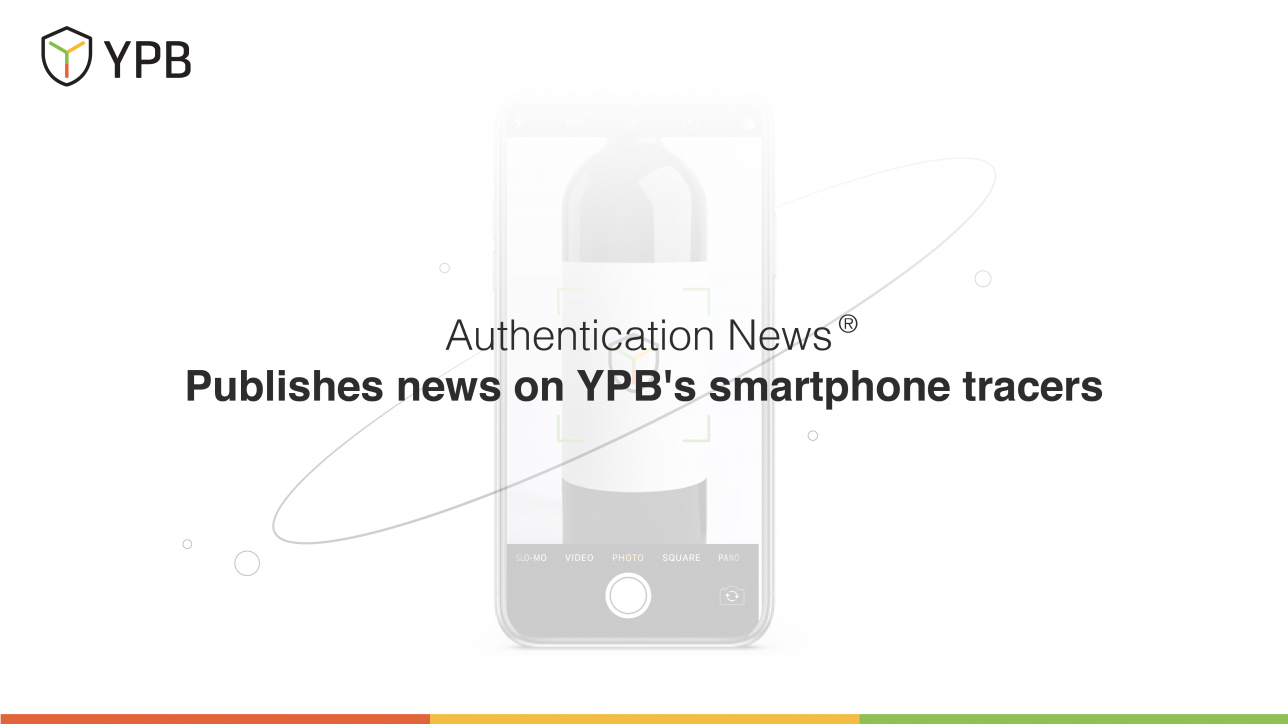In the April issue of Authentication News® (AN), we announced that Australian brand protection and consumer engagement solutions provider YPB Group had formally launched MotifMicro™, its forensic, smartphone-readable, anti-counterfeit technology for high-volume applications, which will provide individualised markers for products and documents.
The launch took place as AN April went to press, but following a webinar presentation by YPB’s Executive Chairman John Houston, we can now provide more details of this new technology.
Mr Houston describes MotifMicro, which is in the process of being patented, as a breakthrough for mass-market use, because the company believes it is the only smartphone-readable anti-counterfeit technology capable of reading a forensic marker (or tracer), embedded either within the product packaging or carried on a label. In addition, the solution uses the camera and flash already installed on the smartphone, as opposed to an inconvenient add-on device.
By means of a special scanning app, the smartphone authenticates the embedded, rare earth microparticles within the product packaging or label.
The app is initially activated through an object recognition process, such as recognising a logo on the product. This brings up an animated image, indicating where exactly on the product the customer should point the phone camera to scan the MotifMicro marker. The app can also read any GS1 barcodes or QR codes that may be on the product, as well as capture valuable product and market data.
The code contained in the app is written in such a way that it can only be ‘unlocked’ by the MotifMicro material itself, therefore protecting against fraudulent use of the app.
‘The ability of a product to interact through a standard smartphone camera and flash is not a trivial technology achievement. The whole concept of smartphone readable tracers is something that people have been seeking for years in this industry, but they have not been able to achieve what we have,’ advised Mr Houston.
‘We have built a substantial R&D software facility in Bangkok with doctorate level AI capability, where we have put phones through a machine learning process that involves taking tens of thousands of swipes of a MotifMicro marker.
‘Whereas MotifMicro 1 (MM1) is a yes/ no authentication solution much like our historic tracer products, MotifMicro 2 (MM2) will provide serialisation. MM2 particles are made under a Massachusetts Institute of Technology patented process, for which we own a perpetual global licence, and we’ve already started the development of this, which will come hot on the heels of MM1.
‘One could say that the closest technology to ours as far as smartphone readability is concerned is the QR code, but there is really no other technology currently like ours,’ said Mr Houston.
Monetisation phase
The MotifMicro technology is currently moving from a three-plus year development phase towards a broad monetisation phase, marked by the launch of the MotifMicro smartphone app, in April, to select partners and prospects for testing purposes. The app was launched on Apple’s iOS TestFlight platform.
Each partner will receive, free of charge, a little card, resembling a large credit card, carrying a number of YPB technologies, including MotifMicro material embedded in the card. The partners must then register for the app, try out the different technologies and provide feedback to YPB.
Then follow paid commercial trials with selected partners. In fact, the company has already secured its first customer, Wireless Applications Pty Ltd (WAPL), which has signed up as a licensee. The company intends to deploy YPB’s technology – including MotifMicro, which it will be testing as part of the trial – to a network of US- based retailers to allow sneakers (training shoes) to be authenticated in-store.
Tax stamp industry flagged as early adopter
John Houston sees two key opportunity routes for the technology: 1) B2B, in the form of customs inspectors, government and supply chains, official documents, tax stamps and licences; and 2) B2C, in the form of consumer self-authentication of mass-market brands combined with one- to-one engagement with the brand owner. Having said this, he advised that YPB had received more B2B than B2C enquiries.
What’s more, he sees the early adopters of the technology as being very large converters or security printers involved with producing tax stamps or high-volume labels, for products which are easily counterfeited and currently in the crosshairs of fraudsters.
‘For instance, the whole vaccine space is an obvious one where there is very little protection of the product and the incidence of counterfeit vaccines is just going to increase dramatically. I also believe there is a real gap in the market in the tax stamp and government excise area, where governments are losing money from the counterfeit of tax stamps and excise products; so that’s why I think they will be the first adopters,’ said Mr Houston.
YPB therefore plans to work initially with partners, including the large players in the tax stamp industry, which will enable it to magnify its resources and keep headcount and overheads low.
Will MotifMicro replace other YPB technologies?
When asked whether he thought MotifMicro would eventually replace other YPB technologies, Mr Houston’s short answer was ‘no.’ (For reference, YPB’s other solutions include its legacy YPB Tracer – which is read by a handheld scanner – and its cloud-based YPB Connect Platform, where consumers can scan a QR code with their smartphone to authenticate a product and trigger a one-on-one engagement with the brand owner.)
Mr Houston does not see the use of QR codes waning. ‘For example, the infant formula industry is well entrenched in the use of QR codes,’ he explained. ‘I don’t see that changing at all, especially with China’s love of QR codes. So I think QR codes and our Connect Platform have a growing place in the world. On a daily basis I am seeing more understanding and usage of QR codes and I think the prospects for Connect, based on QR codes is stronger than it has been.
‘Our tracer, which is our 10-year old historical product, is also strongly positioned, especially in China where we protect all sorts of items in a simple, easy- to-implement way. Furthermore, some users may not want to use a smartphone and are happy to use a handheld scanner. Ours is the most inexpensive handheld scanner in the market, so we think we can continue to protect billions of products with our tracer technologies.
‘So I think it all fits together with our three products: our tracer product, Connect Platform and now MotifMicro.’
Source: YPB Group Announces ‘World’s First Smartphone-Readable Tracers’. Authentication News®, Volume 27- NO 5 / May 2021, Page 4

